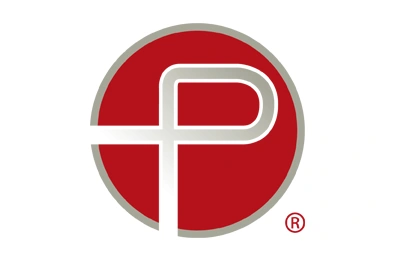
National Month of Recognition Highlights Stroke, High Blood Pressure
Approximately 800,000 people experience stroke in the United States each year. On average stroke strikes every 40 seconds, resulting in one death every four minutes.
Sobering thoughts any time of year, they are particularly significant in May, recognized as both Stroke Awareness Month and High Blood Pressure Education Month. High blood pressure, which affects about 75 million people in the United States, is a leading risk factor for heart disease and stroke — two of the leading causes of death for Americans.
About 8 of every 10 people having their first stroke have high blood pressure, which occurs when the force of blood against an artery’s walls is too high. Called a “silent killer,” high blood pressure often has no warning signs or symptoms. As a result, about 1 in 5 adults do not know that they have it.
React F.A.S.T. to Stroke
Uncontrolled high blood pressure can cause ischemic or hemorrhagic stroke by damaging the brain’s blood vessels. Acute ischemic stroke (AIS), which affects 87% of all stroke patients, is characterized by the sudden loss of blood circulation due to an arterial blockage, commonly a blood clot. Alarmingly, brain cells start to die within minutes because they can’t get oxygen.
While the root cause of a stroke cannot be readily identified, the most common symptoms can be readily detected. The ability to recognize them quickly and take action can have profound results. The faster a person suffering a stroke receives medical attention, the less likely that individual will be to experience lasting damage or death.
The acronym F.A.S.T. (face, arm, speech, time) has been popularized across the country in order to teach the telltale signs of stroke and the critical need to contact emergency services immediately. Face drooping, arm weakness, and speech difficulty are the outward signs that it’s time to call 9-1-1.
Restoring blood flow to the ischemic brain within the first hours of symptom onset is critical to achieving positive outcomes. Odds of avoiding long-term disabilities, such as paralysis and language impairment, improve when treatment is provided within this critical window of time.
Healthy Lifestyle Changes
Not only is stroke treatable, it’s preventable. Up to 80% of strokes could be prevented through healthy lifestyle changes, including modifying behaviors that affect blood pressure.
Not surprisingly, high blood pressure is the most potent modifiable risk factor. Other modifiable risk factors include a lack of physical activity, unhealthy diet, obesity, tobacco use, too much alcohol, and stress.
Maintaining a healthy lifestyle can go a long way toward controlling blood pressure and lowering the risk for heart disease and stroke. In addition to healthy eating and exercise, it is recommended that individuals measure their blood pressure regularly.
Sources:
Centers for Disease Control and Prevention, High Blood Pressure. https://www.cdc.gov/bloodpressure/index.htm. Accessed May 2, 2019.
Centers for Disease Control and Prevention, High Blood Pressure Facts. https://www.cdc.gov/bloodpressure/facts.htm. Accessed May 2, 2019.
Centers for Disease Control and Prevention, About High Blood Pressure. https://www.cdc.gov/bloodpressure/about.htm. Accessed May 2, 2019.
Centers for Disease Control and Prevention, Effects of High Blood Pressure. https://www.cdc.gov/bloodpressure/effects.htm. Accessed May 2, 2019.
Centers for Disease Control and Prevention, Stroke Facts. https://www.cdc.gov/stroke/facts.htm. Accessed May 2, 2019.
Centers for Disease Control and Prevention, Types of Stroke. https://www.cdc.gov/stroke/types_of_stroke.htm. Accessed May 2, 2019.
Centers for Disease Control and Prevention, About Stroke. https://www.cdc.gov/stroke/about.htm. Accessed May 2, 2019.
Centers for Disease Control and Prevention, Stroke Signs and Symptoms. https://www.cdc.gov/stroke/signs_symptoms.htm. Accessed May 2, 2019.
Centers for Disease Control and Prevention, Preventing Stroke: Healthy Living. https://www.cdc.gov/stroke/healthy_living.htm. Accessed May 2, 2019.
Centers for Disease Control and Prevention, Behaviors That Increase Risk for Stroke. https://www.cdc.gov/stroke/behavior.htm. Accessed May 2, 2019.
National Institute of Neurological Disorders and Stroke, National Institutes of Health. Brain Basics: Preventing Stroke. https://www.ninds.nih.gov/Disorders/Patient-Caregiver-Education/Preventing-Stroke. Accessed May 2, 2019.
Related Articles
-
Employee Spotlight: Pascual Reginio
June 26, 2025 -
Penumbra’s Newly Expanded swiftPAC™ Coil Line Poised to Help Physicians Meet Growing Demand for Neurosurgical Conditions
June 20, 2025 -
New THRIVE Data Demonstrates Penumbra’s CAVT™ Technology Is Associated with Reduced Related Readmissions and Complication Rates When Managing ALI
June 6, 2025 -
Employee Spotlight: Maria R. Contreras
May 29, 2025
